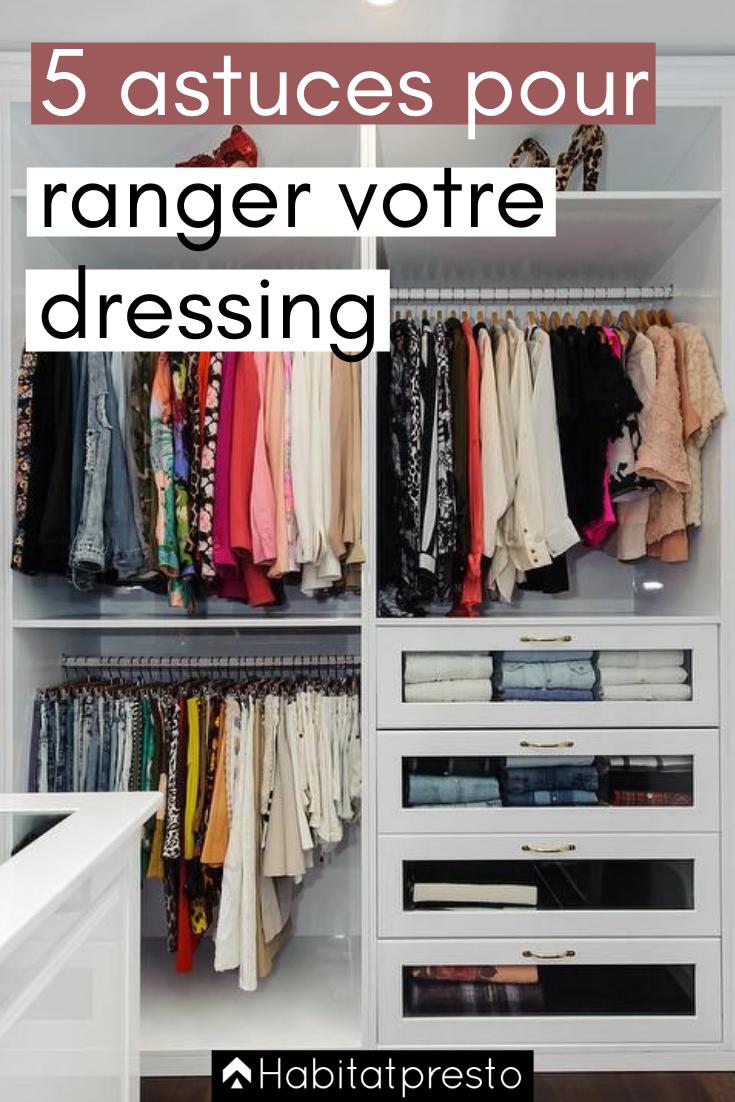How to organize your dressing room using the Marie Kondo method?
Do you happen to have an abandoned pile of clean clothes straight out of the washing machine that you forgot to put away? Or have you ever tried on clothes from your closet before changing your mind to opt for another outfit, leaving the first one on your desk or curled up in the corner of your room? If so, your relationship with storage and clothing may not be rosy.
Storage coach Aurélie Capogna shared 3 tips with Brut for tidying up her dressing room based on the Marie Kondo method. Her name may not mean anything to you, but Marie Kondo is a Japanese consultant fan of organization who theorized a method of storage in a book that quickly became a bestseller. Time magazine named her one of the 100 most influential people in the world in 2015. It is on this method that Aurélie Capogna bases herself to reveal the secrets of your dressing room.
1. Sorting
You have to go through the mountain stage of clothes to realize what you really need and what you don't need. We always have too many clothes compared to what is useful or necessary for us. According to the Marie Kondo method used by Aurélie, the criterion for sorting is whether the garment "brings us joy". Joy can be brought by the object itself or by its use. For example, if a pair of socks or shorts are very comfortable, but you know you won't wear them, then you don't need to keep them on. Same thing for gifts: the purpose of a gift is to please but if you don't like it, there is no point in letting it gather dust on your shelves. So we say goodbye to the orange Christmas sweater that Tata gave us in 2009 and that we never wore. An important rule is not to declutter by cluttering others, to pass on this sweater to a friend or a member of his family you have to think twice and make sure that it can be liked. Otherwise, it goes directly in the box to be donated for associations! Three piles should appear after sorting: the first "to give to relatives", the second "to sell" and finally, "to give to associations". Enough to save a lot of space in your dressing room!
2. Folding
In the Marie Kondo method, no more piles of jeans on your shelf, now you store your pants vertically and you no longer make a ball of your socks. As for t-shirts, we no longer pile them up anyhow. Folding clothes thus becomes an art and a tool to make it easier to access your wardrobe. Here are the different folding methods for the good cohesion of your storage.

T-shirtsWe start by laying out the T-shirt flat to start the folding step. Then, fold the 2 sides towards the middle by folding the sleeves down so that they do not protrude. Finally, just fold the fabric in half and then in three. We stay on the same logic for folding sweaters and sweatshirts while keeping in mind that if folding in three is not suitable, just fold them in half.
SocksIn the closet, received ideas! Socks should no longer be rolled into a ball, the same for your tights or socks. For ankle socks, fold from the toe towards the middle then fold over the ankle. For the tights, we overlap the legs then we roll. We then hold it all together like beautiful maki!
The pants Simply overlap the 2 legs, fold the crotch to form a straight line, fold in half and then in thirds.
3. Storage
The place where you store your clothes must be strategic, accessibility is a time saver to find a garment and promote good order in your dressing room. So it's best to put clothes you don't use frequently at the top or bottom of your closet. Conversely, we put the pieces that we wear most often at hand. We also sort according to the seasons, just to make room and see things more clearly. It's up to you to coordinate the appropriate locations after sorting and carefully folding your clothes. Your closet is yours!
Follow So Soir on Facebook and Instagram to not miss the latest trends in fashion, beauty, food and much more.
Read also:









